Scarlet pimpernel, painted ladies and Grim-the-collier's sooty whiskers
Sunday's walk: wonders from a wander around the site of the former Brancepeth colliery
Scarlet pimpernel Anagallis arvensis, growing on the edge of a field of barley. It has a long flowering period that often extends until the end of October and produces the most exquisite spherical seed capsule, known botanically as a pyxidium, that open by splitting around its equator into two hemispheres. The flowers always close in mid-afternoon, unless rain clouds cover the sun, when they close quickly to protect their pollen - behaviour that has earned the plant the reputation as 'the poor man's weather glass'.
This big, spongy oak apple is the work of the tiny wasp Biorhiza pallida, which lays its eggs at the base of an oak bud and causes it to swell into this large gall, home to up to 30 of the gall wasp's grubs. After it matures in July the hatching male and female adults chew their way out, leaving distinctive exit holes.
After they emerge the mated females then lay their eggs on the oak's rootlets, where they form a much smaller woody gall. Only females emerge from these and in late winter climb the oak's trunk to lay eggs that form the next generation of oak apple galls
A small tortoiseshell butterfly Aglais urticae, feeding on bramble nectar
Some magnificent Northern marsh orchids thrive on the colliery site, along a natural spring that once fed small reservoirs supplying water for colliery steam engines.
Beautiful, but notoriously poisonous, foxglove. The use of foxglove Digitalis purpurea in herbal medicine was described long ago by Greek and Roman herbalists but the scientific investigation of its medicinal properties really began with the investigations carried out by the English botanist and physician William Withering (1741-1799).
William Withering was an outstanding botanist and in 1776 published his Botanical Arrangement of All the Vegetables Naturally Growing in Great Britain, a descriptive flora based on Linnaeus's new-fangled system of classifying plants according to the number and disposition of their sexual organs and reducing their Latin names to simple binomials - like Digitalis purpurea. It's in this book that he first mentions his interest in foxglove: "A dram of it taken inwardly excites violent vomiting." he wrote, " It is certainly a very active medicine, and merits more attention than modern practice bestows upon it."
The story is that the plant caught his attention when a 'wise woman' herbalist introduced him to an infusion of about 20 herbs that she used to treat dropsy (fluid retention caused by congestive heart failure). By a process of elimination Withering surmised that the active ingredient was foxglove, that strengthened heart beat and acted as a diuretic, and in 1785 published An Account of the Foxglove and some of its Medical Uses, describing case studies - effectively clinical trials - of patients who he had treated with foxglove. The following is a typical example:
CASE XX.
January 1st. Mr. H——. Hydrops Pectoris; legs and thighs prodigiously anasarcous; a very distressing sense of fulness and tightness across his stomach; urine in small quantity; pulse intermitting; breath very short.[26]
He had taken various medicines, and been blistered, but without relief. His complaints continuing to increase, I directed an infusion of Digitalis, which made him very sick; acted powerfully as a diuretic, and removed all his symptoms.
Found several painted lady Cynthia cardui butterflies feeding on bramble blossom, likely to be recently arrived migrants from the continent, carried here on warm southerly winds. They’ll probably lay eggs on the thistles on the old colliery site, so by autumn there should be a second generation, looking a lot fresher than this rather weathered specimen.
Small heath butterflies Coenonympha pamphilus are hard to spot when they land on bare earth. They always fold their wings immediately and orientate themselves to face the sun, casting the smallest possible shadow.
This rather attractive plant is wild mignonette Reseda lutea, a close relative of the cultivated and fragrant mignonette R.odorata that used to be a common feature of cottage gardens but seems to be rarely grown these days. Wild mignonette’s flowers are a magnet for bees, which makes it a good plant for a wildlife garden. It has a coarser and much larger cousin, dyer’s rocket Reseda luteola, also known as weld, often found growing on waste ground. Unlike mignonette, dyer’s rocket, contains a flavonoid compound called luteolin which is a bright yellow dye that has been used in the past for colouring cotton and wool. According to the Roman writer Pliny it was the preferred dye for clothes of fashionable ladies and was used to colour wedding garments and the robes of vestel virgins.
We found this dazzler, the plant variously known as orange hawkweed, Grim-the-collier, fox-and-cubs and botanically as Hieracium aurantiacum, growing in the grassland that now covers the site of what was Brancepeth colliery. It’s a naturalised garden escape, establishing itself on stony ground and sending out creeping runners until it becomes a dense, eye-catching colony. The reference to foxes is obvious enough, with the tawny orange ‘cubs’ grouped around a central ‘vixen’, but the reference to coal miners is a bit more cryptic. I’ve always assumed that the name comes from the ease with which it colonised coal mine spoil tips, thanks to its ability to thrive in such unpromising soils, but I recently read that it’s to do with the black hairs in the flower head. A closer look reveals that they do resemble a miner’s soot-covered black whiskers, so maybe that's the reason. Whatever the derivation of the name, the flower colour is stunning.....




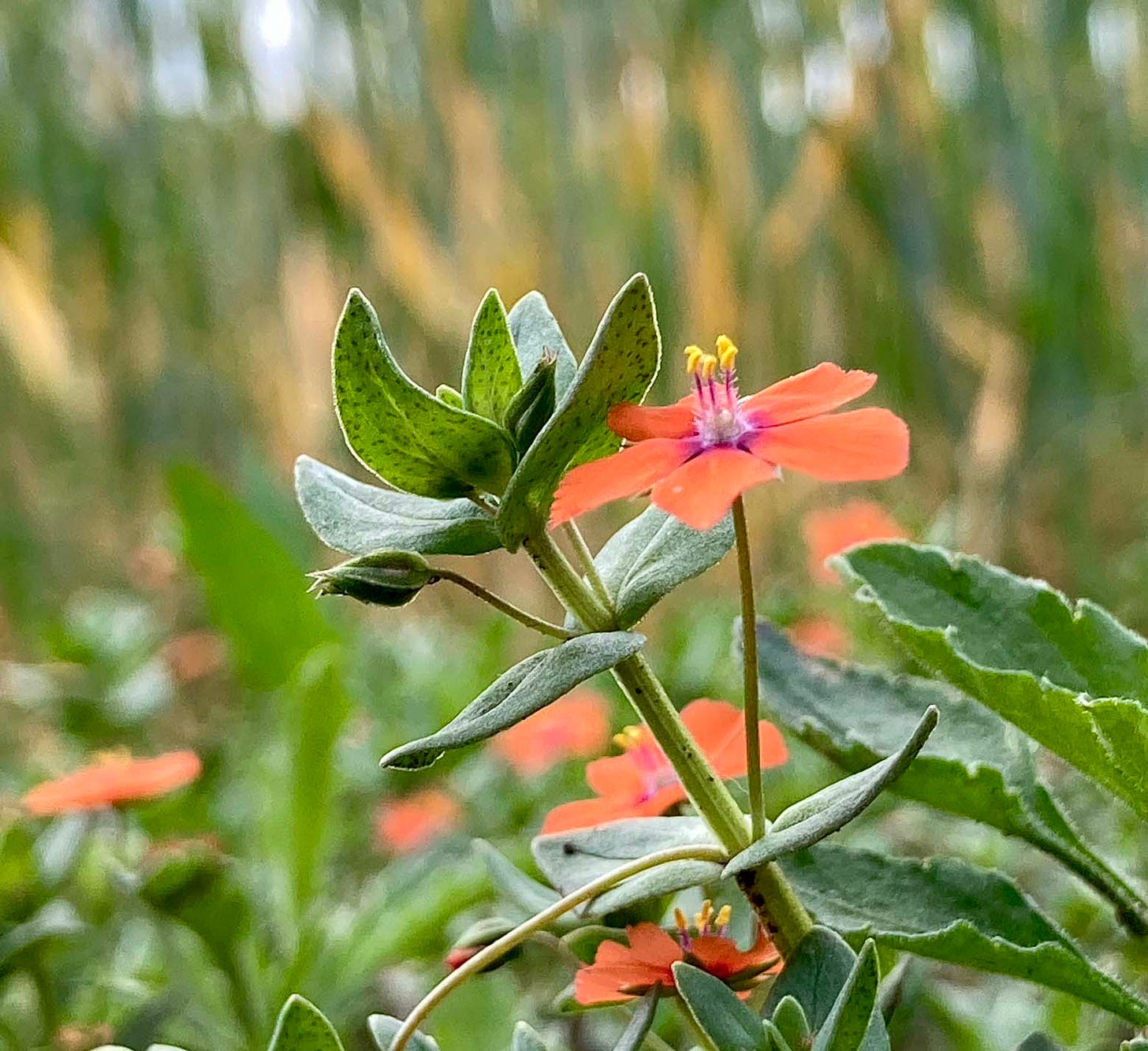
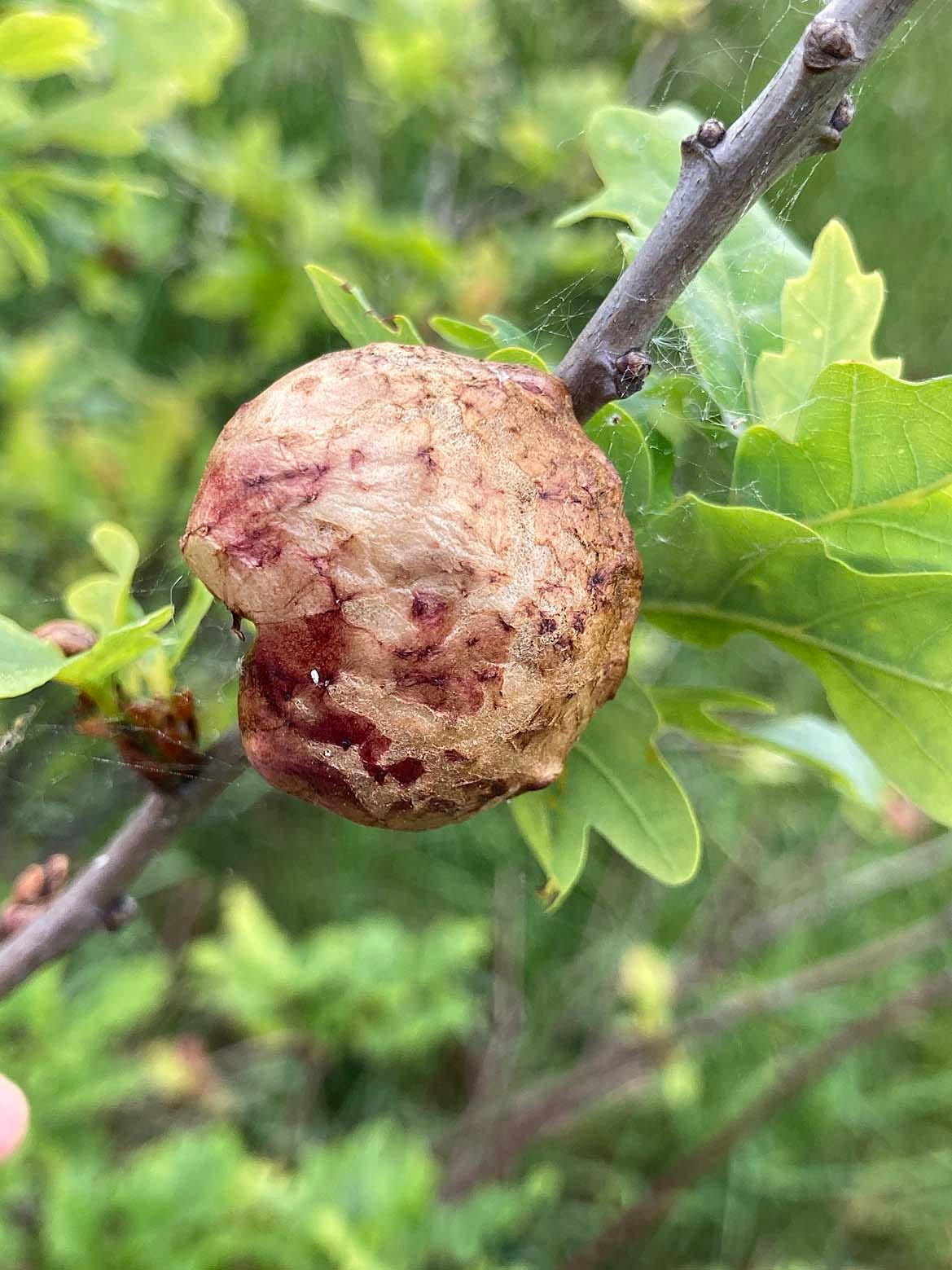
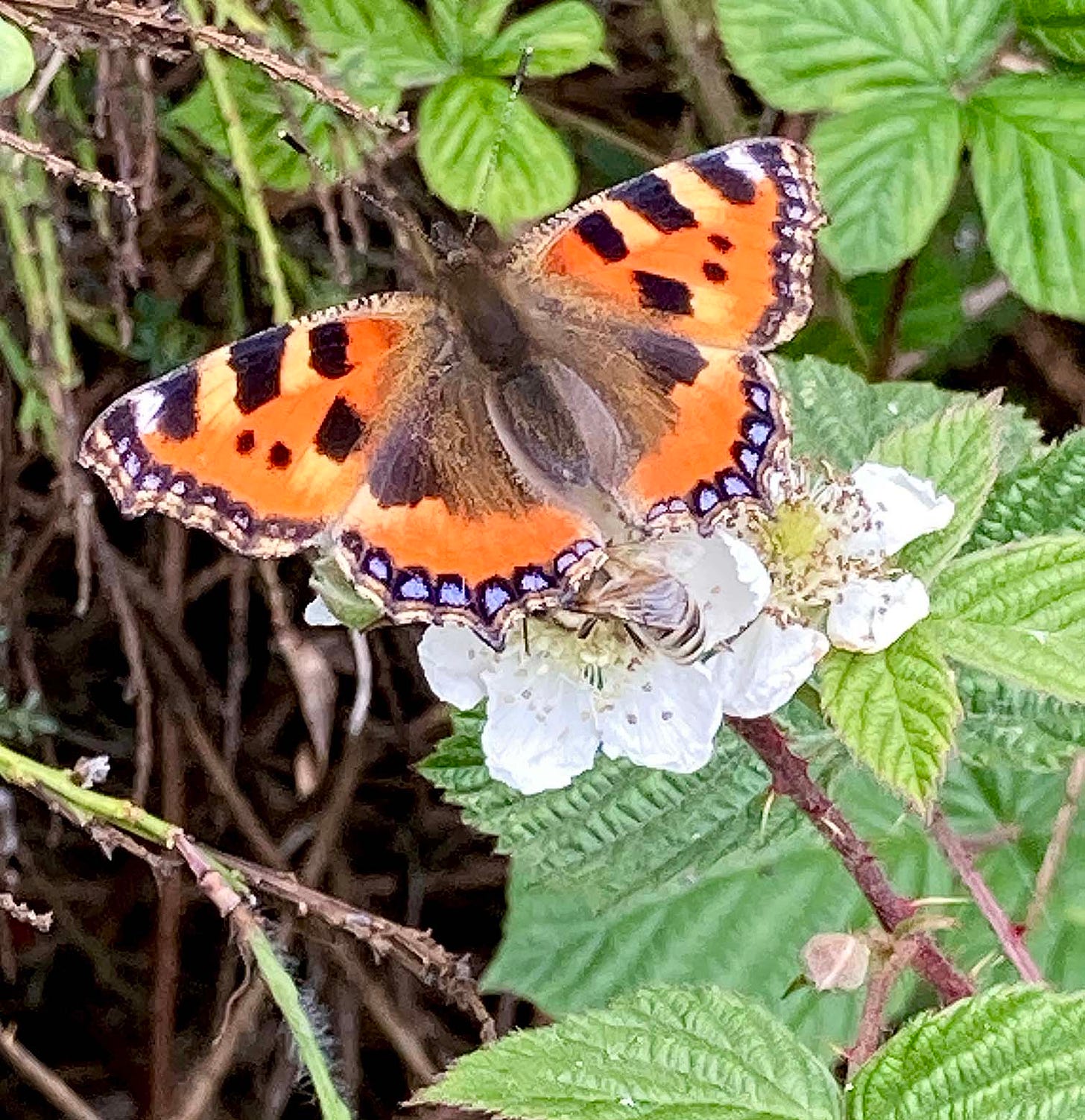
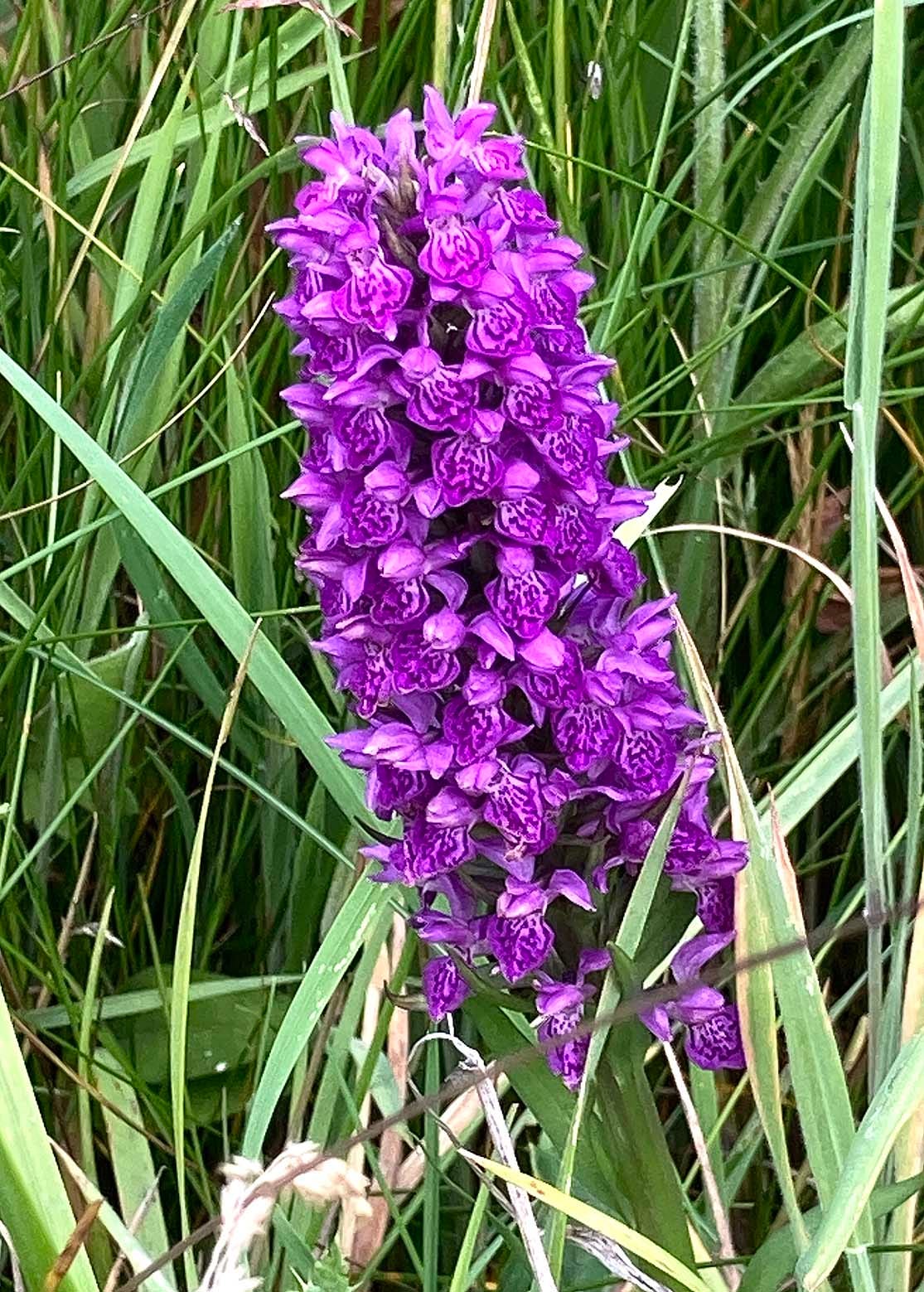
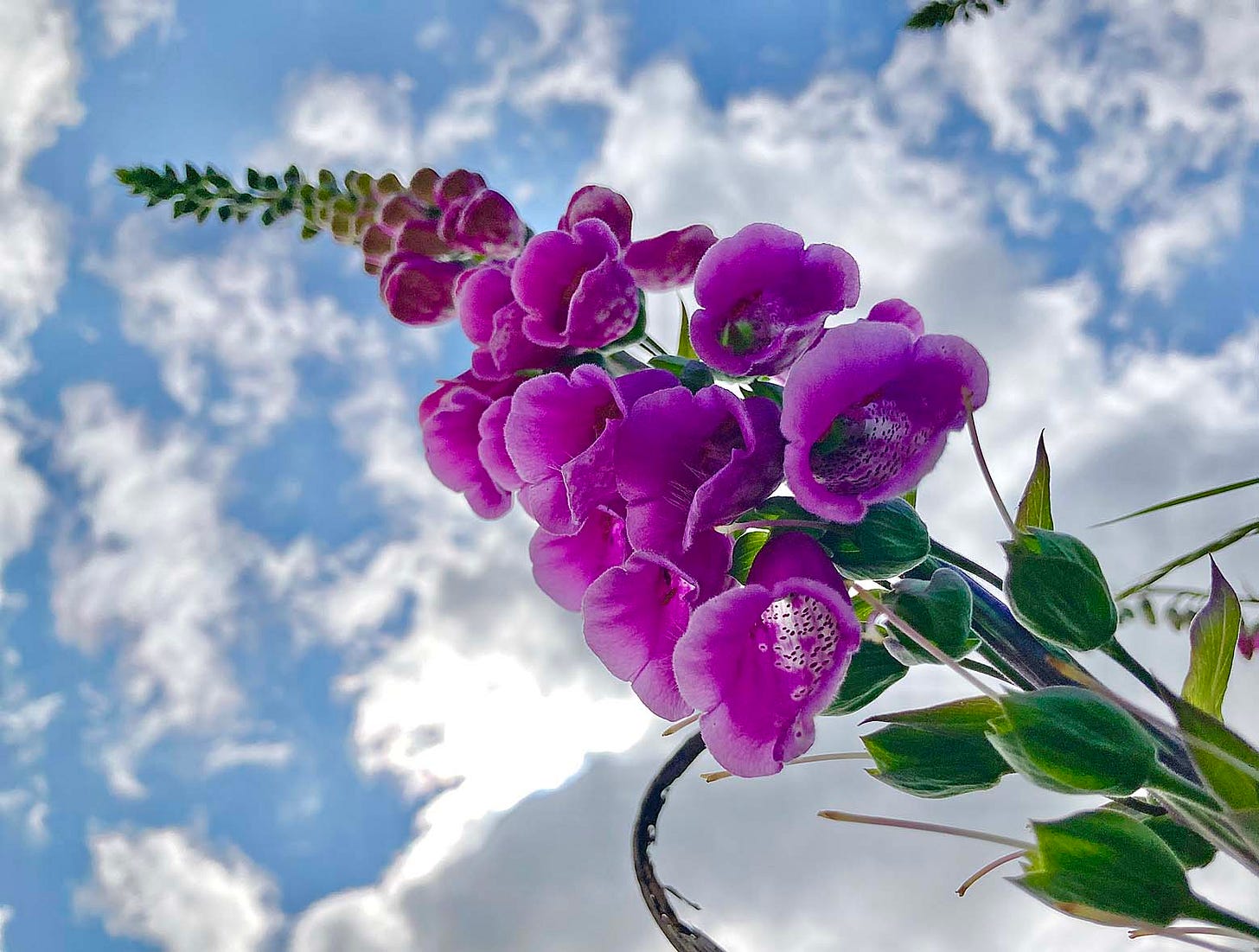
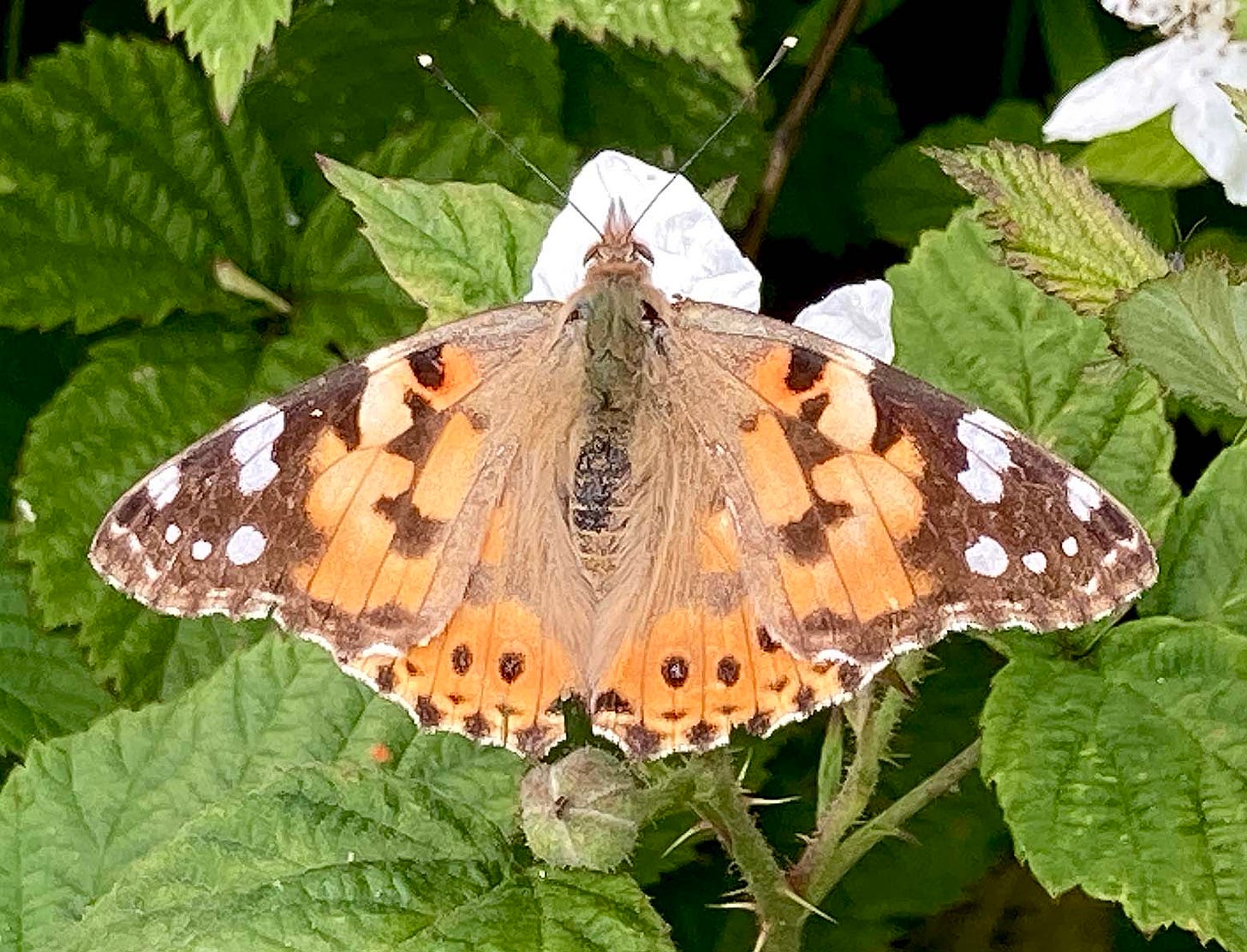
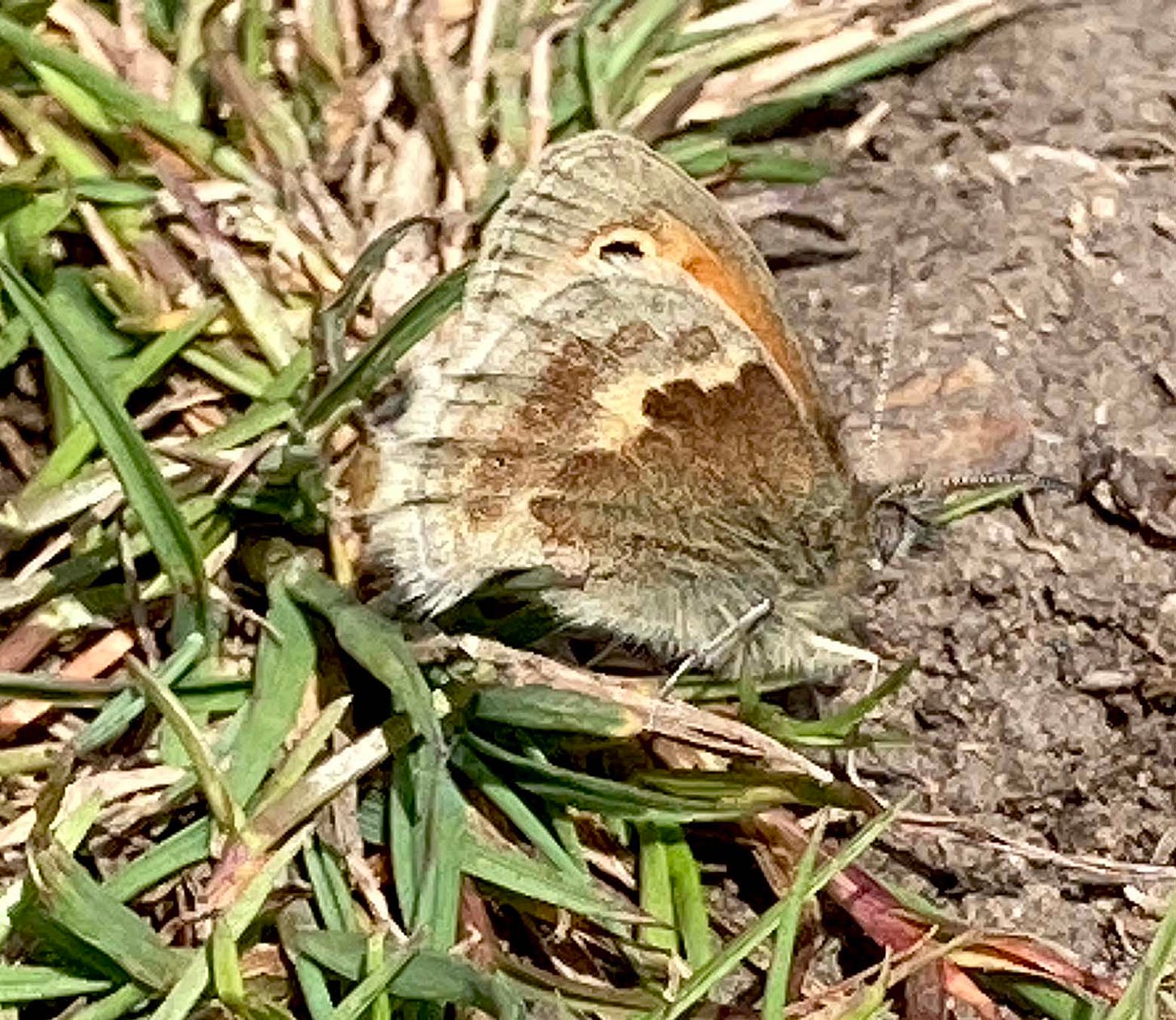
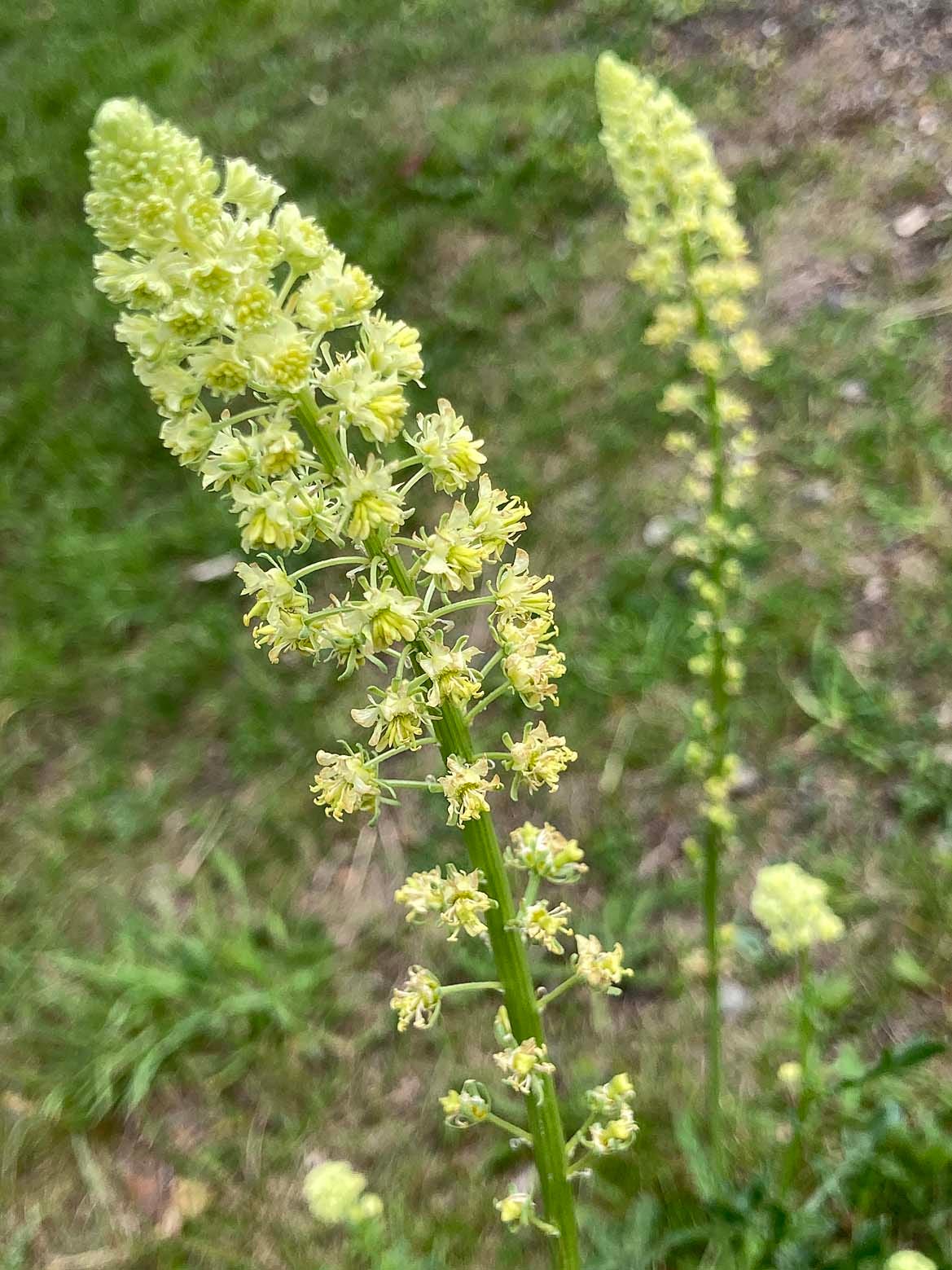
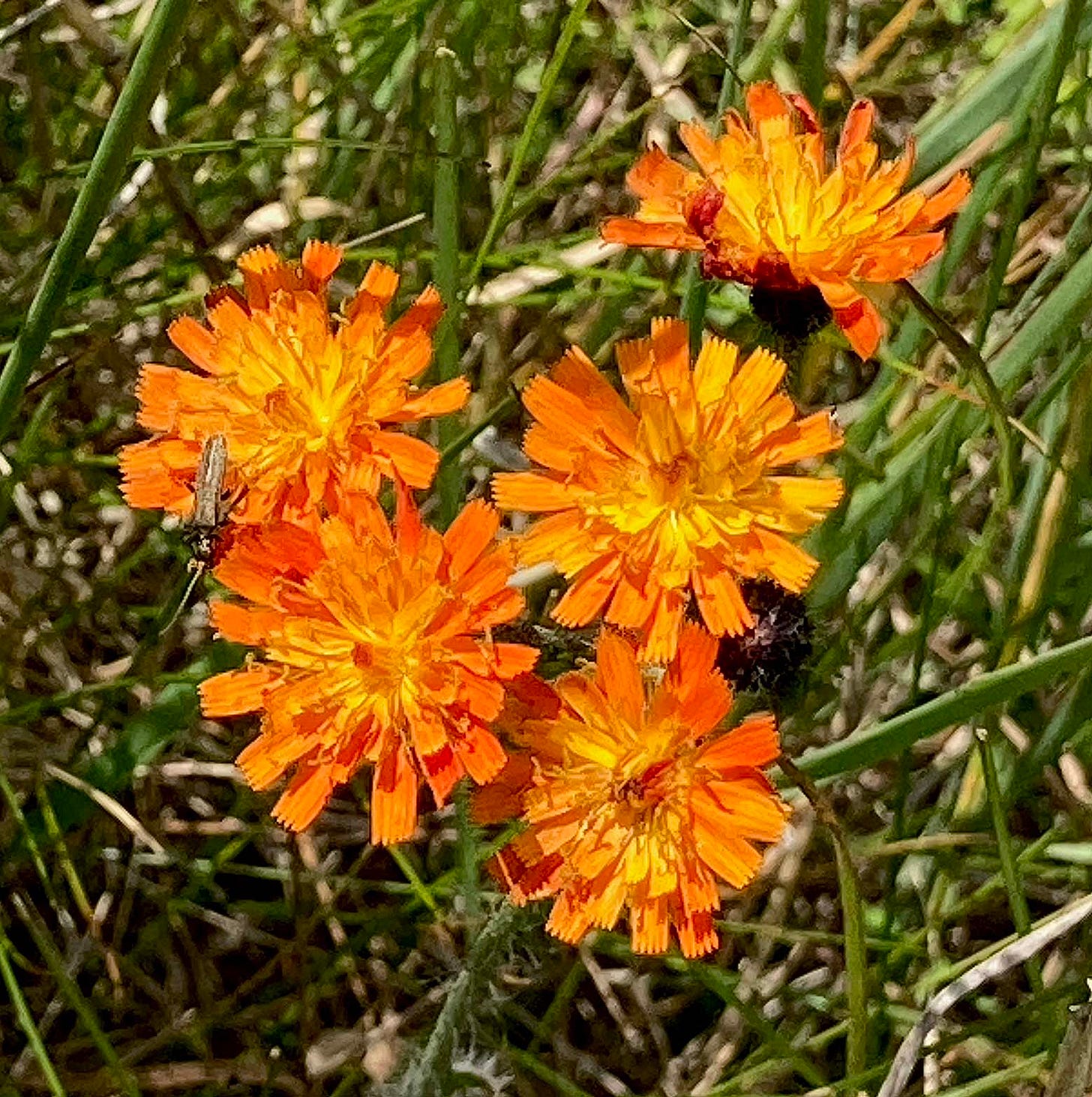
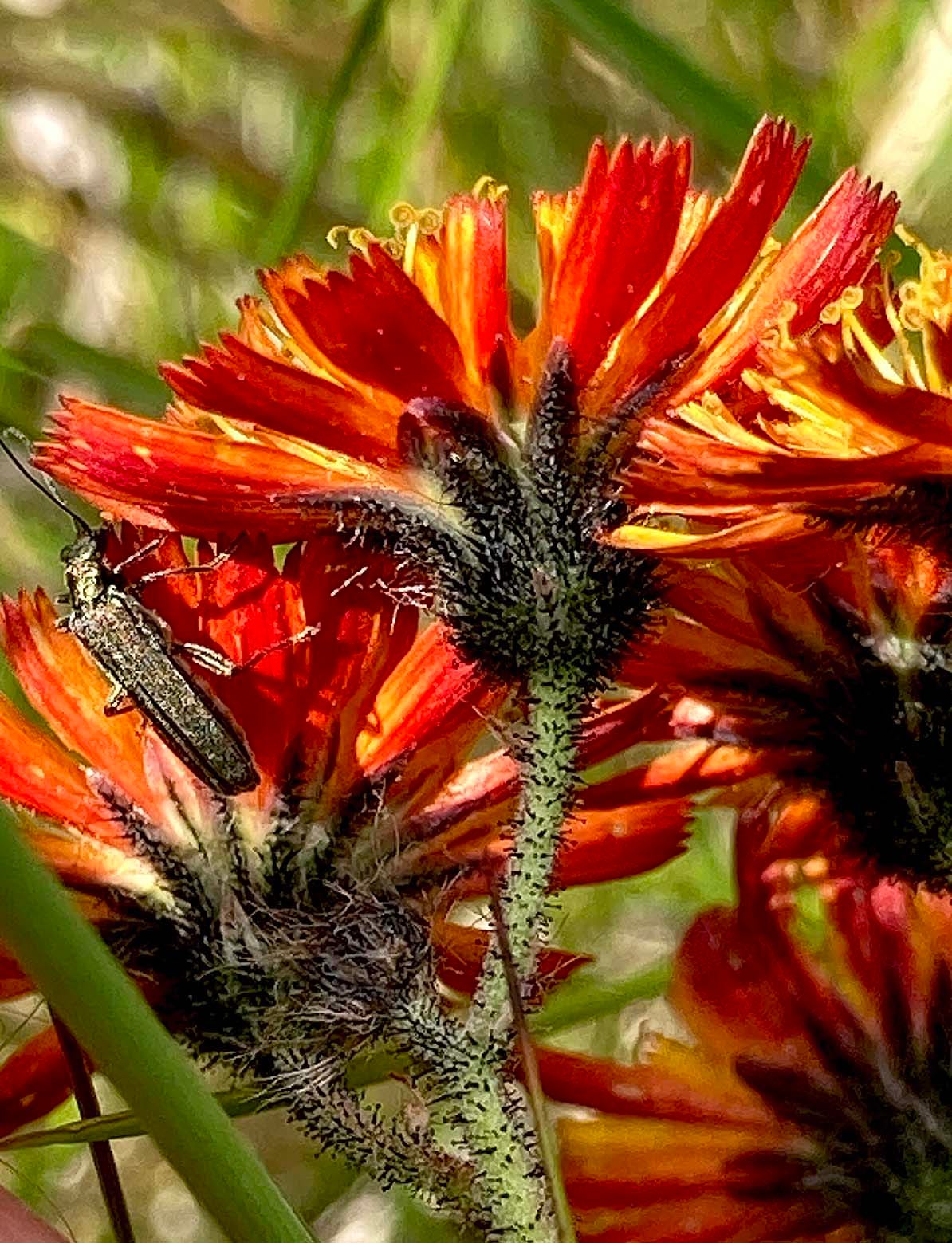
Brilliant! I found Withering's, A botanical arrangement of all the vegetables naturally growing in Great Britain, on Internet Archive and added it to my Favorites. I love browsing old herbals and the like--it's always fun finding new-to-me editions.♡